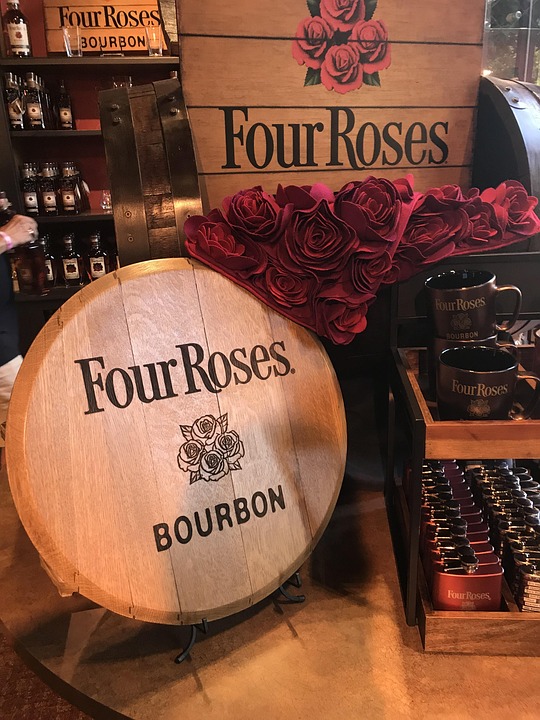Premiumization Driving Growth Across Global Spirits Categories
Introduction
The spirits industry has been experiencing a significant shift towards premiumization in recent years, with consumers increasingly willing to pay more for higher quality, artisanal, and unique products. This trend is not limited to any specific category but is evident across a wide range of spirits, including whiskey, vodka, gin, rum, tequila, and more. In this report, we will explore why premiumization is driving growth across global spirits categories, backed by data, industry insights, and financial figures.
Increasing Consumer Demand for Premium Spirits
One of the key drivers behind the premiumization trend in the spirits industry is the increasing consumer demand for high-quality, craft, and luxury products. Consumers are becoming more discerning in their choices and are willing to spend more on spirits that offer a unique and premium experience. This shift in consumer preferences has led to a surge in demand for premium spirits, driving growth in this segment.
According to a report by IWSR Drinks Market Analysis, the global premium spirits market is projected to grow at a CAGR of 5.7% from 2021 to 2026, reaching a value of $180 billion by the end of the forecast period. This growth is driven by the increasing consumer willingness to pay a premium for quality, craftsmanship, and exclusivity in spirits.
Rising Disposable Incomes and Changing Lifestyles
Another factor contributing to the growth of premium spirits is the rising disposable incomes and changing lifestyles of consumers around the world. As economies continue to grow and incomes rise, consumers have more purchasing power to spend on luxury and premium products, including spirits.
Moreover, changing lifestyles and preferences towards experiences over material possessions have also fueled the demand for premium spirits. Consumers are seeking unique and memorable experiences, and premium spirits offer a way to indulge in luxury and sophistication.
Brand Differentiation and Innovation
In a crowded market, brands are constantly looking for ways to differentiate themselves and stand out from the competition. Premiumization offers a way for brands to create a distinct identity and appeal to consumers who are looking for something special and exclusive.
Many spirits companies are investing in innovation and product development to create premium offerings that cater to the evolving tastes and preferences of consumers. From aged whiskeys to artisanal gins, these premium products are driving growth and capturing market share in the spirits industry.
Global Market Trends and Opportunities
The premiumization trend is not limited to any specific region but is a global phenomenon that is reshaping the spirits industry worldwide. While traditional markets like the US and Europe have been leading the premiumization trend, emerging markets in Asia-Pacific, Latin America, and Africa are also witnessing a surge in demand for premium spirits.
According to Euromonitor International, the global spirits market is expected to reach a value of $1.5 trillion by 2025, with premium spirits accounting for a significant share of the market. This presents a lucrative opportunity for spirits companies to capitalize on the premiumization trend and expand their offerings in emerging markets.
Conclusion
In conclusion, premiumization is driving growth across global spirits categories, fueled by increasing consumer demand for high-quality products, rising disposable incomes, brand differentiation, and global market trends. As consumers continue to seek out unique and premium experiences, spirits companies have the opportunity to innovate, differentiate, and capture market share in the growing premium spirits segment. By understanding and leveraging the factors driving premiumization, spirits companies can position themselves for success in an increasingly competitive and dynamic market.



